Growing Fig Trees In Fabric Pots
Even in cold climates, fig growing is easier than you think. Though this fruiting tree (Ficus carica) is native to the Middle East and Asia, it’s fast becoming a popular backyard fruit crop for gardeners across North America. Figs are prized for their succulent, honey-like flavor.
How to Grow a Fig Tree
Consider the Hardiness
Gardeners in USDA hardiness zones 8-10 will find figs quite easy to grow outdoors, without any need for winter protection. But, if you garden in a climate where winter temperatures regularly dip below 10 degrees F, growing fig trees requires a bit more finesse. In these northern areas, figs need extra winter protection, and while you can go to the trouble of wrapping the tree with layers of blankets and tarps, a far easier way is to grow fig trees in fabric containers and overwinter them indoors.
There are hundreds of different fig varieties, but if you’re growing them in a cold climate, begin by selecting a hardy, self-pollinating fig variety, such as ‘Chicago,’ ‘Brown Turkey,’ or ‘Celeste.’
Container Fig Growing Simplified
Fabric aeration pots are the ideal containers for growing fig trees. Not only does the permeable fabric keep the soil well-aerated, it also encourages good root structure. Plus, the portability of lightweight fabric containers makes moving fig trees indoors for the winter a whole lot easier.
While fig trees can be grown in smaller containers when they’re young, eventually each tree will require a 15-20 gallon container. This size container is ideal for fig growing because it promotes an ample root system without encouraging excessive top growth plus you can still move it around easily.
Planting Fig Trees
Figs prefer coarse, well-draining soil. Containers should be filled with 4 parts high-quality potting soil, 1 part coarse bark chips, and 1 part coarse sand. Plant fig trees to the same depth they were in their nursery pot.
Caring for Fig Trees
• Locate the pot where it receives a minimum of six hours of full sun per day.
• Prune fig trees when dormant. Remove dead or crossing branches. To maintain a manageable size, prune back one-quarter of the plant’s total height each year.
• Fertilize containerized figs with a light dressing of organic granular fertilizer each spring.
• Containerized fig trees should be watered regularly.
Overwintering Fig Trees
Growing fig trees in cold climates means moving them indoors soon after autumn’s first frost. Choose a site, such as a garage, shed, or cellar, with temperatures between 20 and 50 degrees F. Fig trees do not require light when in dormancy, and they only need to be watered every six weeks.
Upon spring’s arrival, slowly move the plant outdoors, gradually increasing its exposure to sun and weather extremes over the course of two or three weeks. Once the danger of frost has passed, move containerized figs outside for the rest of the growing season.
Growing figs is one of gardening’s greatest pleasures. Enjoy this delicious, homegrown fruit by growing a fig tree of your own.
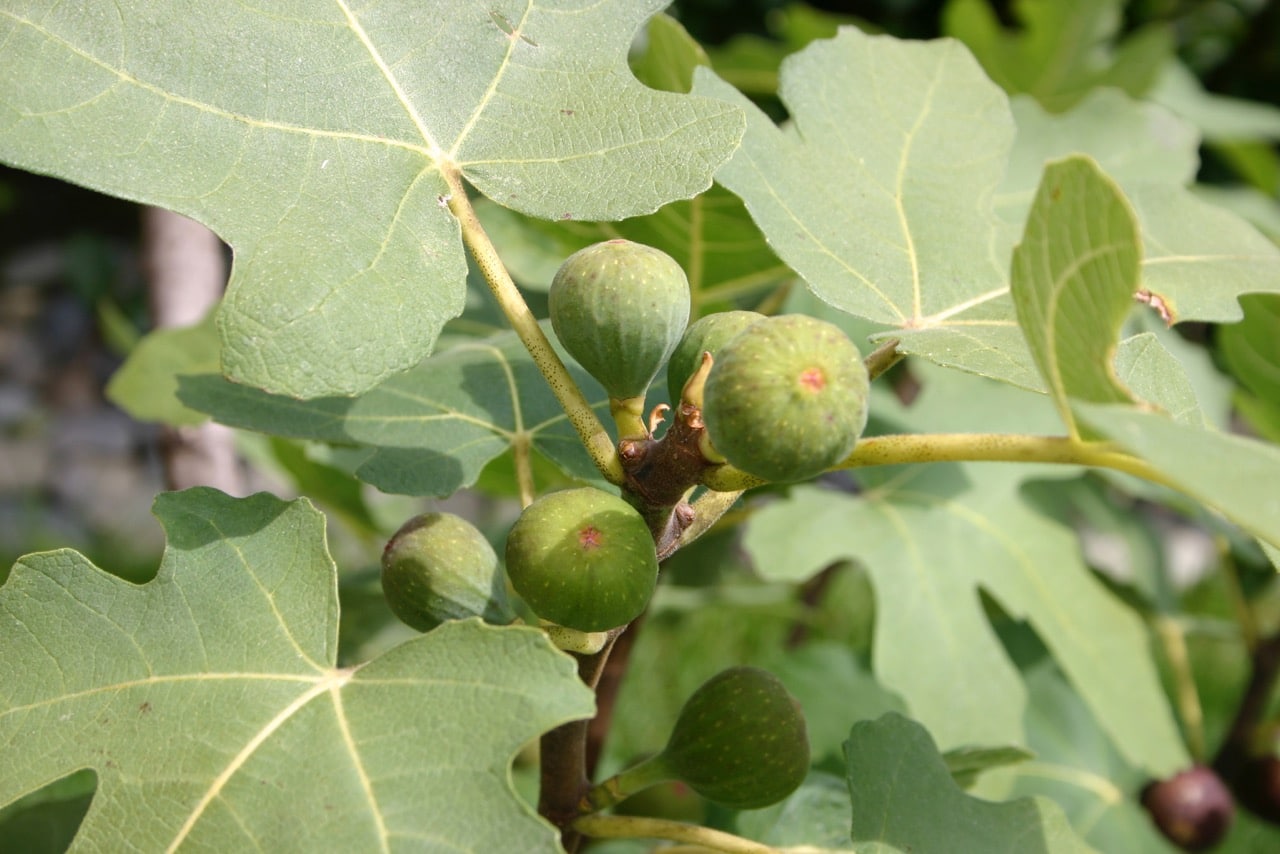
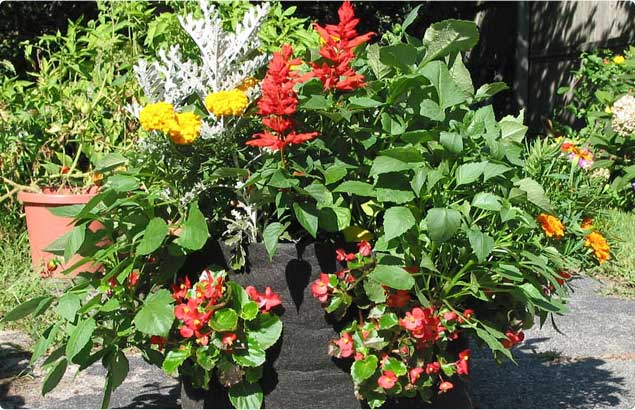
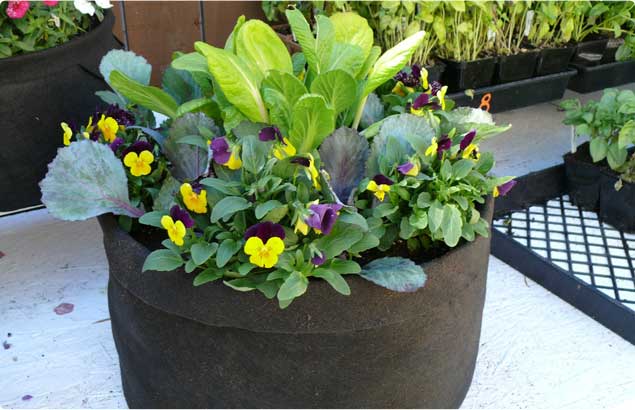
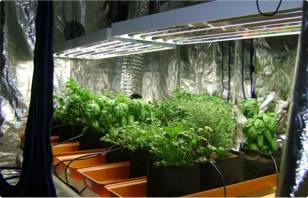
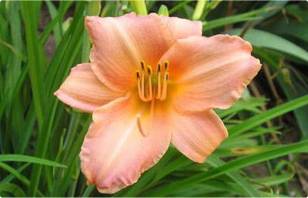

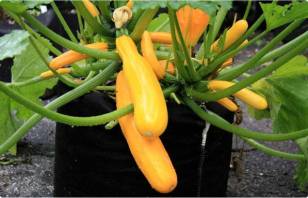
Hi Tracy,
We can better assist you if you we know what sort of pot your son is planning to use when he pots them for resale. Is he planning to use Root Control Bags or Smart Pots or something else?
Sincerely,
High Caliper Growing
What other plants should go in the shed during frosty locations?